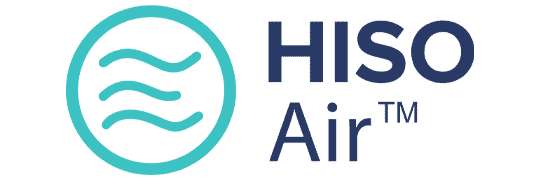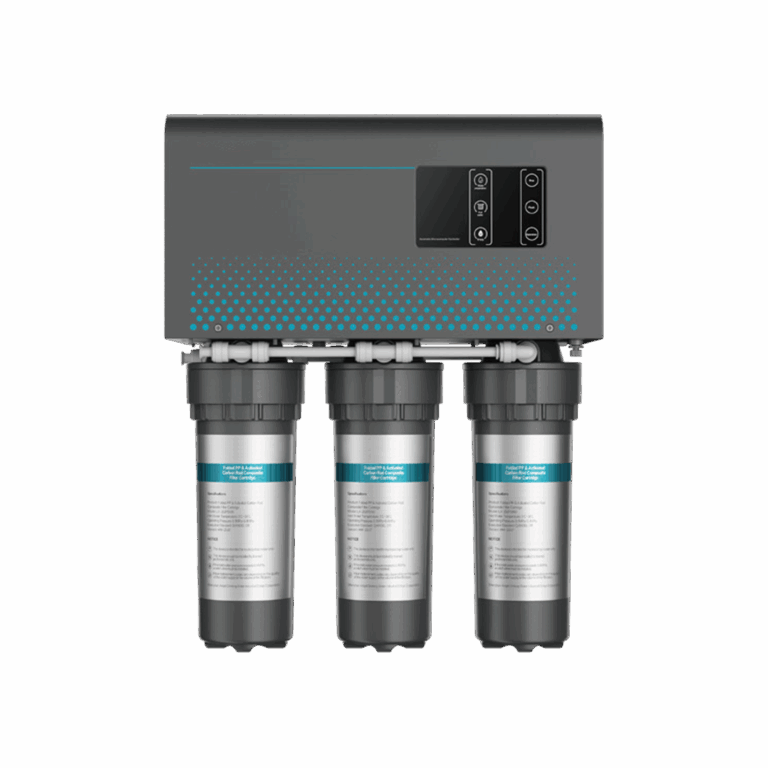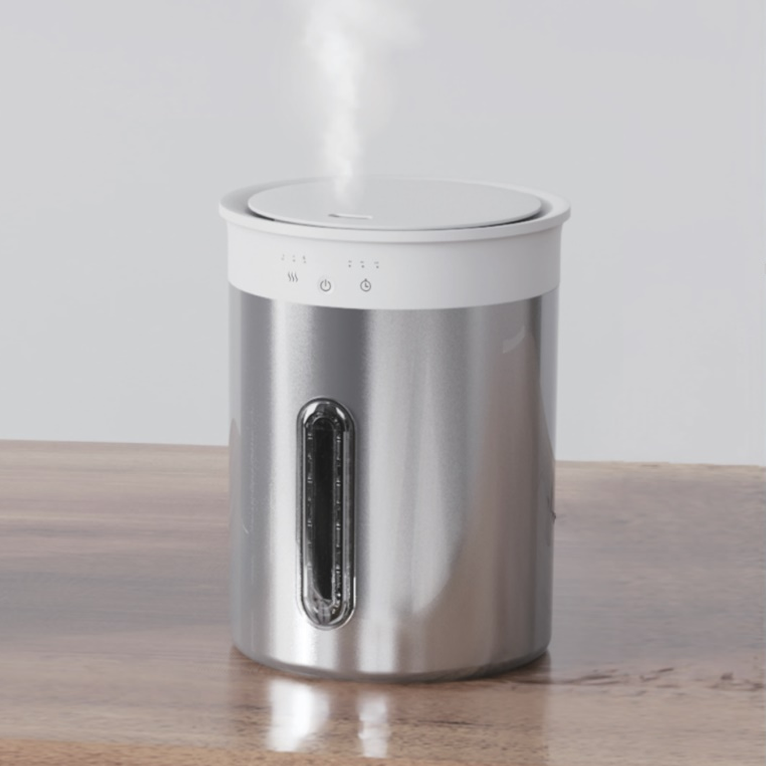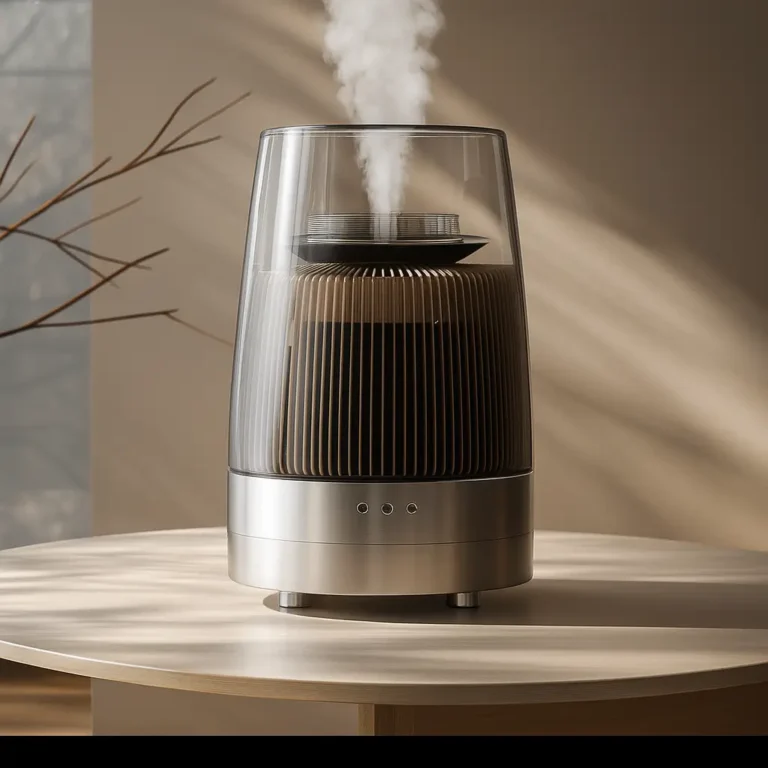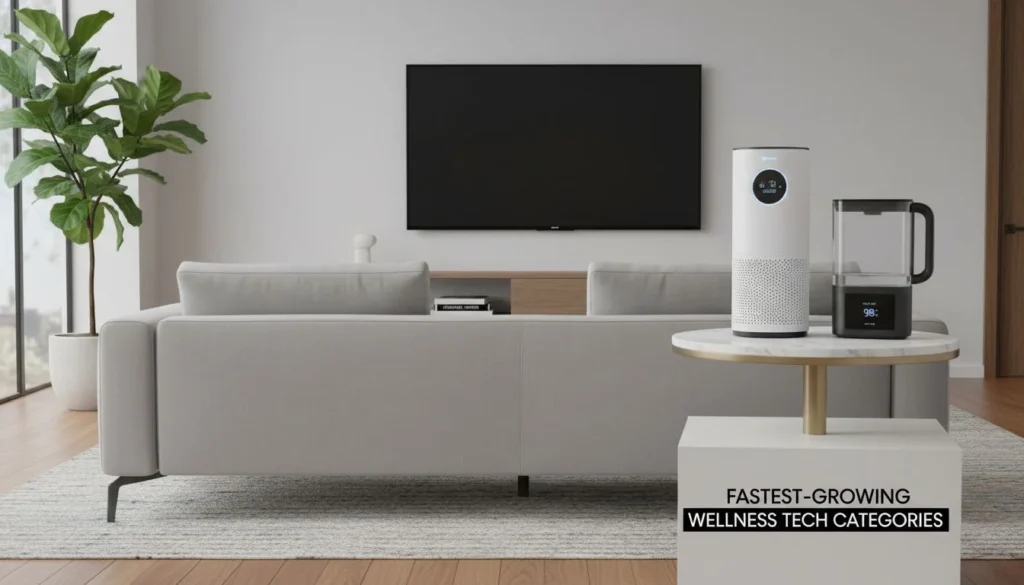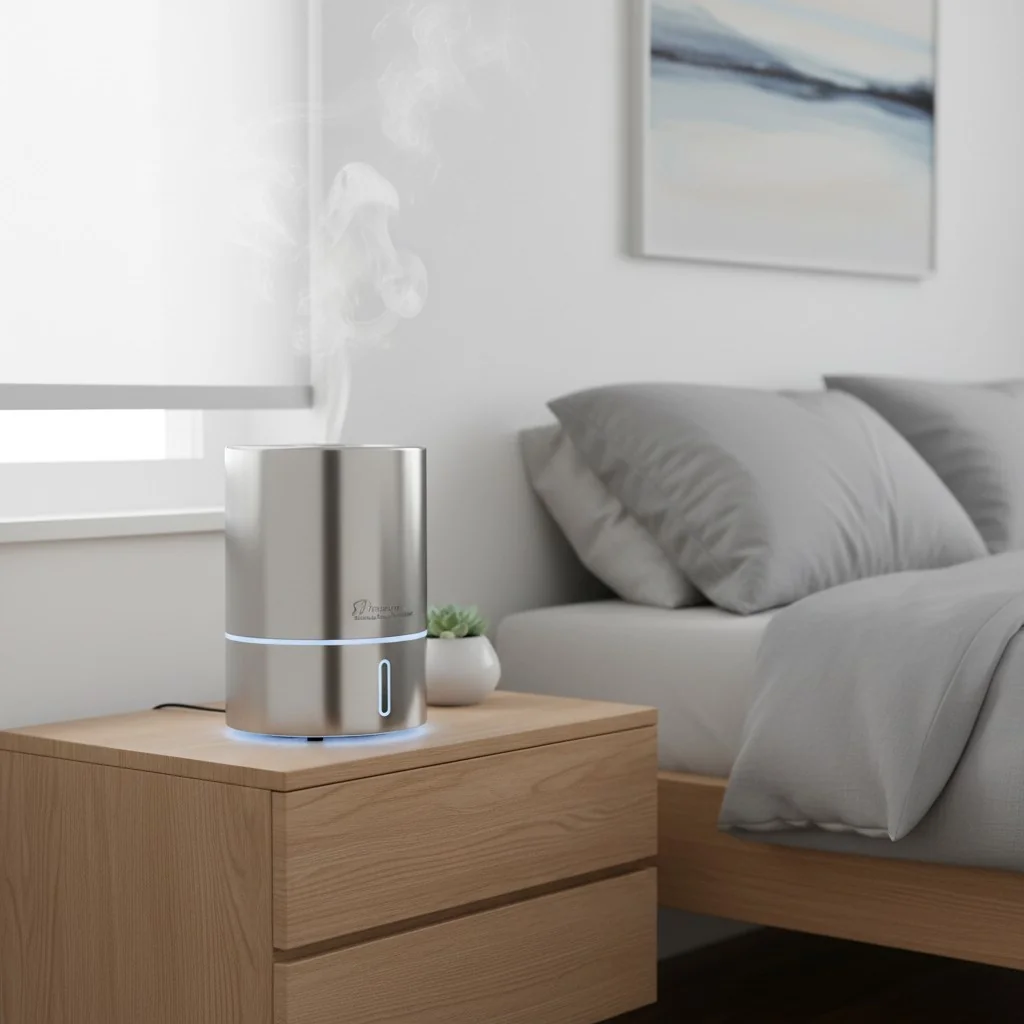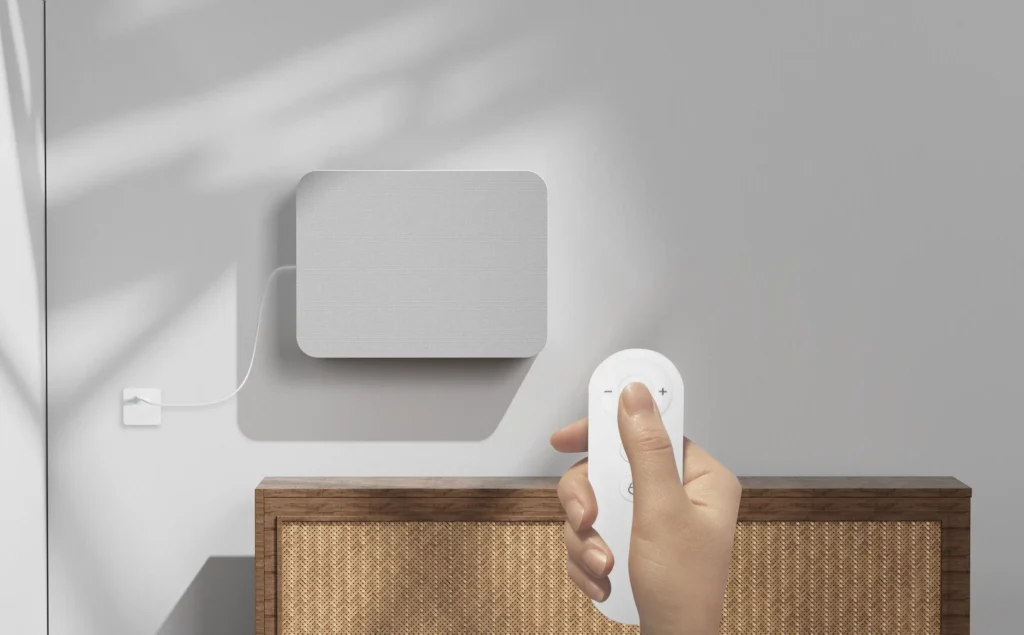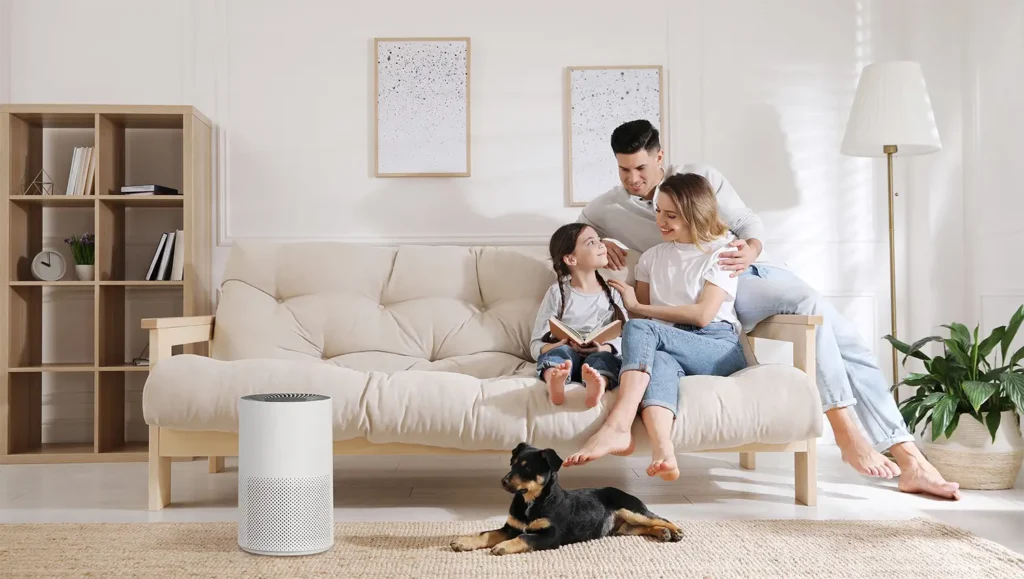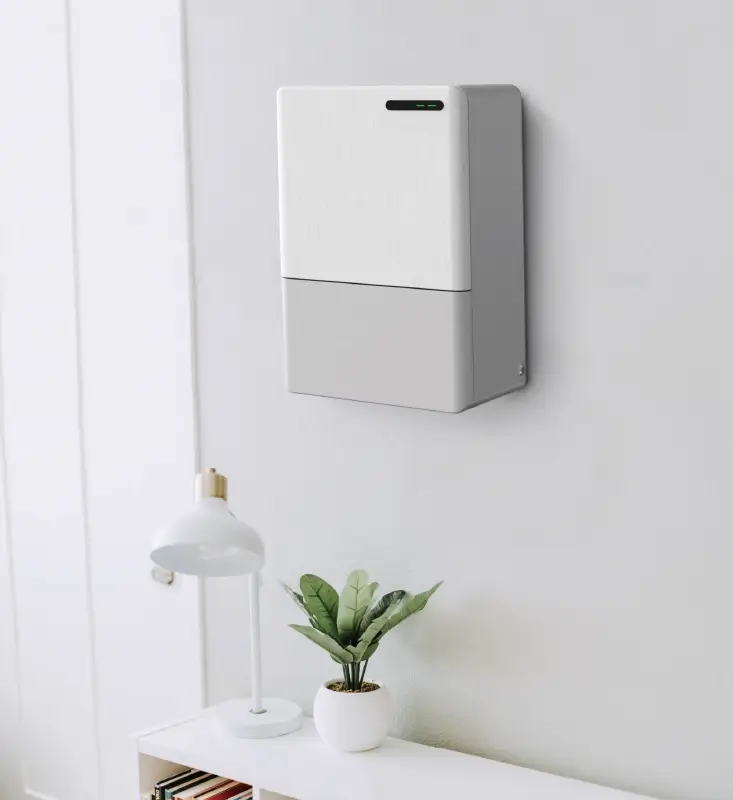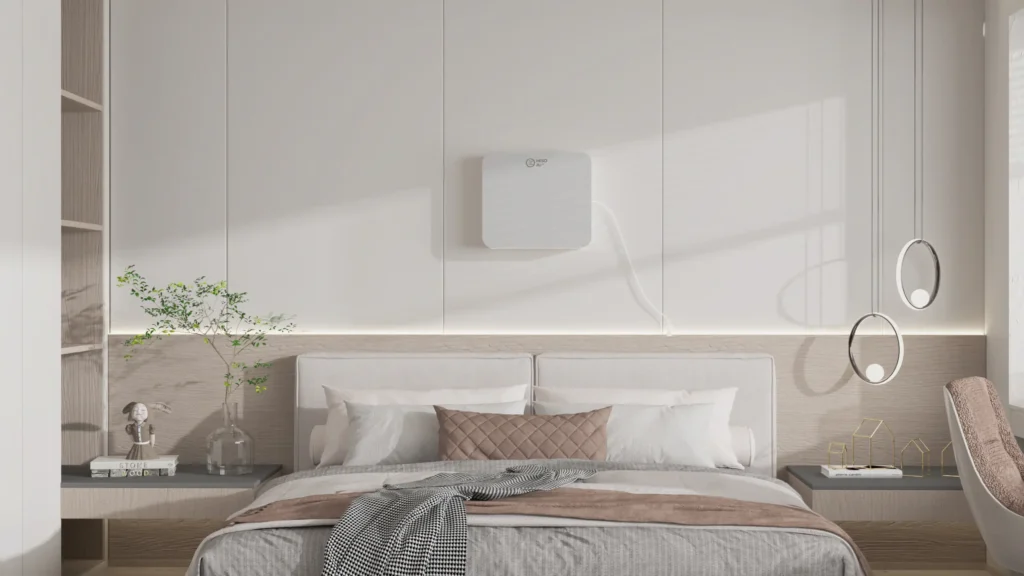How to launch a private label wellness product in the US?
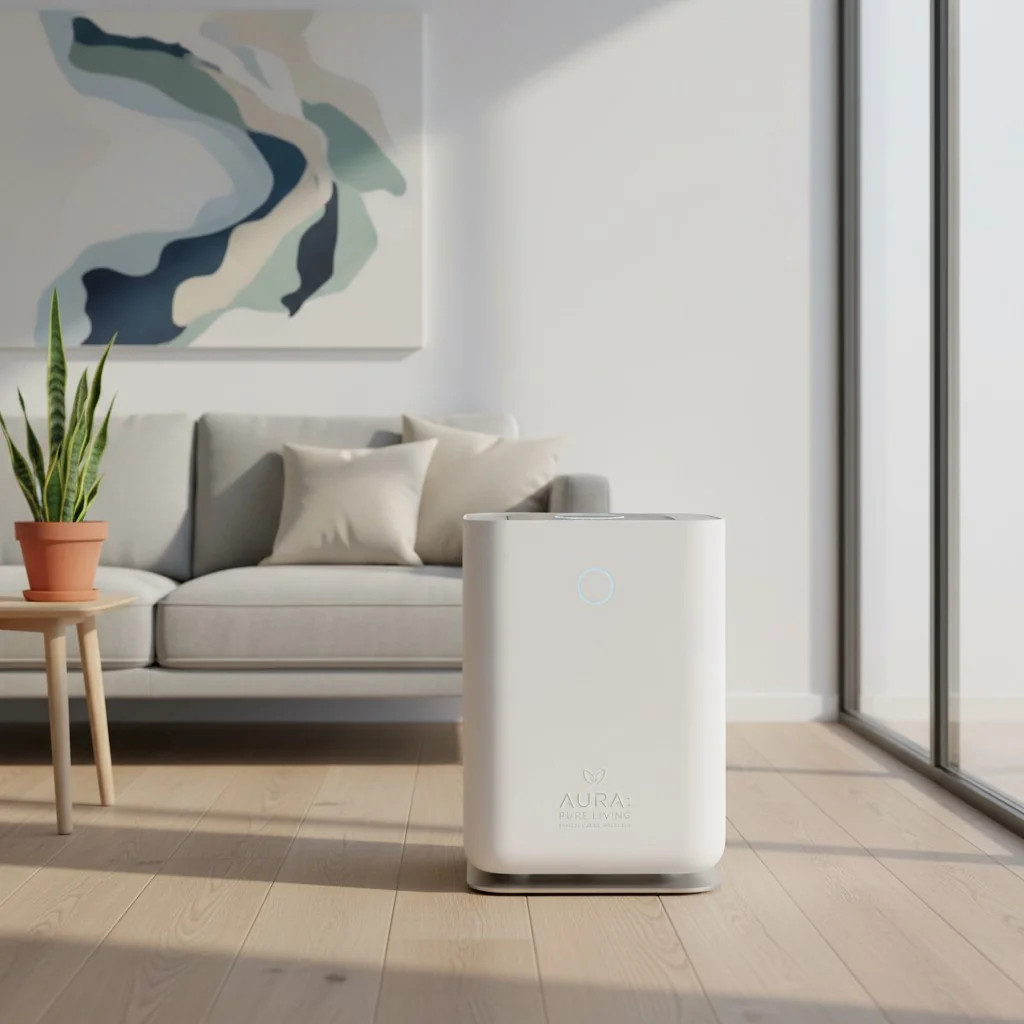
You want to enter the booming US wellness market, but you're stuck with generic products. You see competitors with unique items and wonder how they stand out while you struggle with me-too offerings.
To launch a private label wellness product1 in the US, you can start by rebranding an existing product for a quick market test. For long-term success, however, you must partner with an innovative manufacturer to develop a unique product that solves a real problem for health-conscious consumers.

I've been in the air and water purification industry for over 20 years. I've seen countless entrepreneurs try to launch a brand. Many of them think the path to success is simply finding the cheapest product on Alibaba, slapping a logo on it, and running some ads. This might have worked ten years ago. Today, the market is far too crowded for that. Customers are smarter. They demand quality, innovation, and a brand that truly understands their needs. If you want to build a lasting D2C wellness brand2, you have to think differently from the start. You need to move beyond just being a reseller and become a brand builder. This journey begins not with marketing, but with the product itself.
The global wellness market is projected to reach nearly $7.0 trillion by 2025.True
According to the Global Wellness Institute, the market is experiencing significant growth, highlighting the immense opportunity for new brands.
Launching a private label product guarantees immediate profitability.False
Profitability depends on many factors, including product uniqueness, marketing effectiveness, and brand positioning. A generic product in a competitive market often leads to price wars and low margins.
Is a quick launch with a standard product a good strategy?
You're eager to test the market without a huge investment. But using a generic, off-the-shelf product feels risky and uninspired. You worry it will get lost in the noise and fail to build a real brand.
A quick launch using a ready-made product is a valid way to test market demand with minimal risk. You simply find a supplier, provide your logo and packaging, and you can be selling in weeks. This process is fast and lets you gather data without heavy upfront development costs.
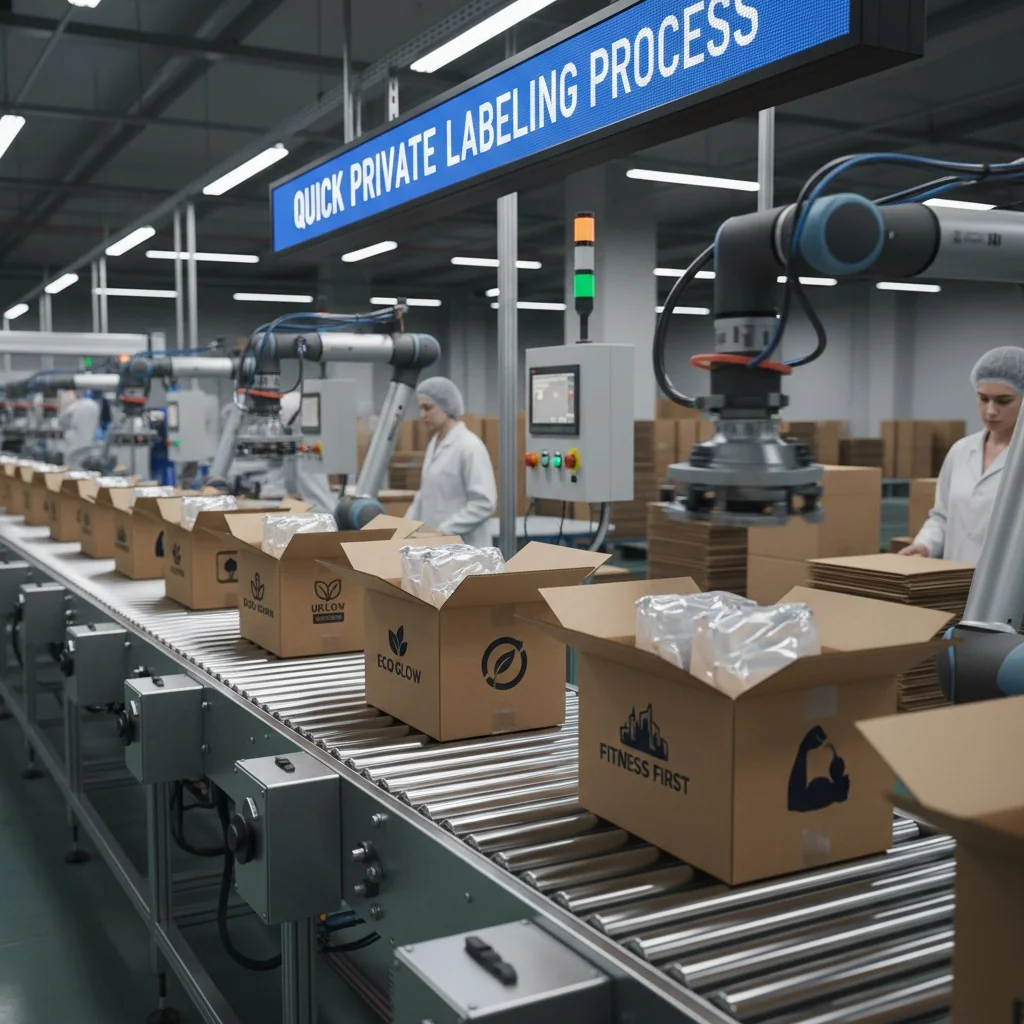
In my two decades of experience, I've seen this approach work best as a first step, not a final destination. Think of it as 시장 조사3. You can quickly find a supplier for a basic air purifier or water filter. You can customize the box and the manual. This is the standard private label process. It's easy and fits a rapid launch schedule. You can get your product on Amazon or your own website and see if people are interested.
But here is the problem. The product you are selling is likely being sold by ten other brands with different logos. This leads to a few challenges.
The Downsides of a Standard Product Launch
| 도전 과제 | 설명 | Impact on Your Brand |
|---|---|---|
| Commoditization | Your product is identical to competitors. The only differentiator is price. | You are forced into price wars, which destroys your profit margins. |
| 아니요 brand story4 | It's hard to build a compelling brand around a generic item. | Customers have no reason to choose you or remain loyal. |
| Limited Growth | You are dependent on the supplier's limited innovation. | You can't adapt to market trends or customer feedback, limiting long-term growth. |
This strategy is for testing the waters, not for building a ship. It can tell you if there are fish in the sea, but it won't help you catch them consistently.
Most private label manufacturers in China are primarily cost-driven.True
Many factories are optimized for mass production of existing designs at the lowest possible cost, rather than investing in unique R&D for smaller brands.
A quick launch product can easily become a bestseller with enough advertising.False
Advertising can generate initial sales, but without a unique value proposition, customer retention will be low and long-term success is unlikely in a competitive market.
How do you build a brand that truly stands out?
You see the wellness market is booming, but it's also saturated. You know a generic product won't cut it. You need something unique and innovative to capture the attention of discerning, health-conscious consumers5.
To stand out, you must develop a unique product based on deep insights into the US market. This means moving beyond basic private labeling and finding a partner who can help you innovate on design, technology, and function. This is how you build a successful D2C brand.

The wellness trend is real. More people than ever, especially in the US, are conscious about their health and the environment in their homes. These are the customers you want. They are willing to pay for quality and innovation. The mistake many entrepreneurs make is trying to reach everyone. The successful ones understand how to connect with this specific group of health-conscious buyers. They build a community.
One of the most effective ways I've seen this done is through podcasts. Instead of spending a fortune on broad Google or Facebook ads, smart brands find podcasts that their target audience already trusts. They work with influencers and hosts who are experts in health, wellness, or home environments.
Marketing to the Health-Conscious Consumer
- Find Your Niche: Don't just sell an "air purifier." Sell a solution for "allergy sufferers" or "new parents concerned about nursery air quality."
- Leverage Trusted Voices: Partner with podcast hosts who have a loyal following. An endorsement from them is more powerful than any ad. They can talk about the product in an authentic way.
- Provide Value, Not Just a Sales Pitch: The content should be informative. Discuss the science of air quality or the importance of clean water. Educate the audience, and the sales will follow.
This approach builds trust and attracts the right customers at a much lower cost.
Podcast listeners are 45% more likely to be affluent, with a household income over $250,000.True
Data from Nielsen shows that podcast audiences are often more educated and have higher disposable incomes, making them an ideal target for premium wellness products.
All wellness influencers are effective for marketing any health product.False
Effectiveness depends on the influencer's niche, audience trust, and alignment with your brand's values. A mismatch can be ineffective or even damage your brand's credibility.
How do you find a partner for an innovative product?
You know you need a unique product and a smart marketing plan. But finding a supplier who can deliver on innovation, design, and quality feels impossible. You're tired of communication issues and partners who don't understand your vision.
You need a partner who offers more than just manufacturing. Look for a supplier with JDM (Joint Design Manufacturing) or ODM (Original Design Manufacturing) services, strong engineering expertise, and a deep understanding of your target market's aesthetics and technical demands.

This is where everything comes together. If you combine a unique wellness product with a targeted marketing strategy like podcasts, you have a powerful formula for success. The key is the product itself. You can't market a generic product as innovative. This is why your choice of a manufacturing partner is the most important decision you'll make.
At HisoAir, this is what we specialize in. I've spent my career in this field, focusing on air and water purification. We don't just take your logo and put it on our existing products (that's OEM). We work with you to create something new.
Finding the Right Innovation Partner
| Service | What It Is | Why It Matters for Your Brand |
|---|---|---|
| OEM (Original Equipment Manufacturer) | They make a product, you put your brand on it. | Good for a quick market test, but offers no uniqueness. |
| ODM (Original Design Manufacturer) | They have existing designs you can modify and brand. | A step up. You can get a unique look and feel with less R&D. |
| JDM (Joint Design Manufacturer) | You and the manufacturer collaborate to create a new product from scratch. | The ultimate solution for a truly unique and innovative product. You bring market insight, they bring engineering expertise. |
We combine US-led innovation with European design aesthetics and the latest technology. For example, we developed Decibel Cancellation™ technology to make our air purifiers incredibly quiet. This is the kind of unique feature that gives you a story to tell and a real reason for a customer to choose your brand. The entire process, from idea to shipment, is managed efficiently to avoid the delays and communication problems you've faced before.
JDM allows brands to have full intellectual property rights over the final product design.True
In a JDM partnership, the brand is deeply involved in the creation process, and contracts are typically structured so the brand owns the resulting IP, providing a significant competitive advantage.
Finding a JDM partner is as easy as searching on Alibaba.False
True JDM partners are rare and are not typically found on mass sourcing platforms. They are specialized firms that require a more direct and research-intensive search to find.
결론
Launching a wellness brand is easy, but building a successful one is hard. It requires a unique product, smart marketing, and the right innovation partner to bring your vision to life.
References
-
Explore effective strategies for launching a private label wellness product to stand out in a crowded market. ↩
-
Learn the essential steps to build a successful direct-to-consumer wellness brand that resonates with customers. ↩
-
Understand the best practices for market research to effectively target health-conscious consumers. ↩
-
Understand the importance of a compelling brand story in building customer loyalty and trust. ↩
-
Find out how to tailor your marketing strategies to attract health-conscious consumers. ↩
